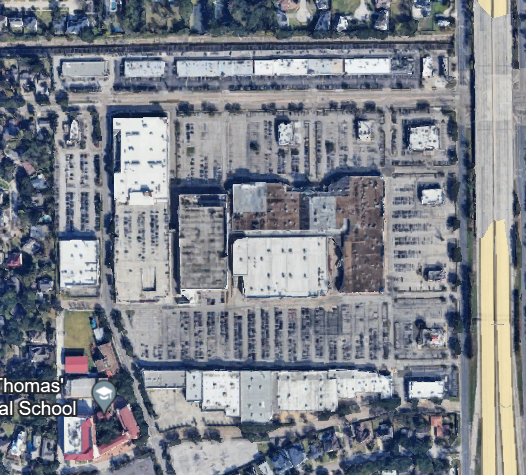Porous Concrete
In nature, the ground absorbs much of the rainwater that falls, however in urban areas the ground is covered in buildings and concrete parking lots and roads, so that water cant absorb anywhere. This causes it to flow to the nearest drain, which leads the water to the nearest stream, river, or lake.
This isn't an issue during light rain, but when more rain falls than the drainage system can move, and the water can't absorb into the ground, it pools, causing flooding. Regular concrete prevents water from going anywhere but into a drain, so when the drains can't move any more water, the water simply is stuck.
Porous concrete, also called thirsty concrete or permeable concrete, can act like regular concrete, but it lets water flow through it. This allows the water to drain into the ground instead of relying solely on drains, so when drains fill up, the water isn’t trapped.
Porous concrete does this by using less sand than regular concrete, so the gaps in the larger rocks allow liquids to flow through them. When used in places like parking lots, porous concrete can help keep water out of drainage systems to prevent them from being overwhelmed.
We plan to use porous concrete in parking lots and small local roads. Due to porous concrete having less sand, it is not as smooth as regular concrete, and it is also less strong than regular concrete. This means that it cant be used on bridges, or higher speed roads where the quality of the road is important. However it is perfect for smaller roads and parking lots, as they take up a lot of space, but traffic does not move very fast on them. And when used in these scenarios, porous concrete has the same longevity as regular concrete.
Example
For example this parking lot at a shopping center in south Houston on hwy 630 and beechnut street, which currently uses regular concrete.

If it were repaved to use porous concrete it could absorb over 500,000 gallons of water per hour. This is a lot of water that the parking lot can dissipate instead of adding it to the local drainage system that may not be able to move all the water away.